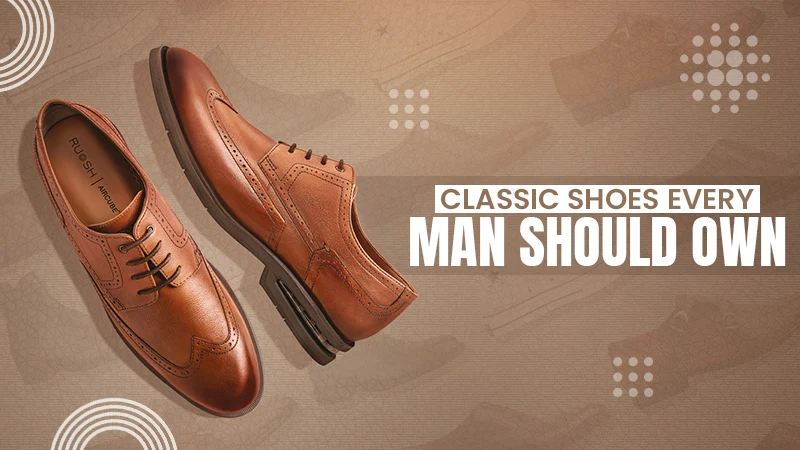Basic Guide to Choosing a Bathtub for Your Home
It can be challenging to find the right bath that will fit your needs and your bathroom since there are plenty to choose from. You have to consider so many things today, from the material, size, colour and shape. The price of the bath is another thing to consider.
Aside from the visual appeal of a bath, you have to consider the bath’s features, as well as your lifestyle. Here are things to consider:
Style of the bathtub
Consider the space where you will install the bath. Space will influence the style, even the size of the bath. The structural soundness of your bathroom will also dictate the style and make of the bath you choose. Find a wide range of bathtubs at http://www.jtspas.co.uk.
- Alcove baths are placed in the recessed part of the bathroom, often pressed against the bathroom’s three walls. Alcove baths typically come as a bath and shower unit.
- Drop-in tubs need a frame, platform or enclosure. The support structure is usually finished to match the colour scheme and design of the room.
- Undermount baths are similar to the drop-in baths, but the enclosures are under the floor, making it easier to climb into the bath.
- Freestanding bathtubs fit larger bathrooms, where they give the room elegance and a sense of luxury. The slipper tub style can have one raised end or one on each end, so two people can use the bath simultaneously. The bathtubs can be oblong, oval, angled, and clawfoot.
- Walk-in tubs are designed for people with limited mobility and the elderly. They have inward-swinging, airtight doors that make entry and exit quite easy. The doors minimise the risk of injury to elderly users. Included with the unit are seats, textured floor pads and handrails, making the tub safe.
- Corner tubs are bigger and wider than alcove tubs. As the name suggests, the corner tub is installed in a corner, typically near a window. A corner tub is often used for therapy and relaxation.
- Whirlpool tubs have self-contained jets to massage the user’s body for health and relaxation. A water-jet whirlpool has larger jets to push the water at high speeds to produce a force to create a deeper massaging action. An air-jet whirlpool model has dozens of small jets that pump warm air through the water to create air bubbles to provide a light, soothing massage.
Materials
This refers to the materials used to make the bathtubs. Each material feels different, so be sure to test them before making the decision.
- Fibreglass is the cheapest material, which uses reinforced plastic sheets that are moulded into shape. Fibreglass is durable, but it can chip when something heavy is dropped on it. It is also porous, so it will absorb water, which can cause warping later.
- Porcelain is made from layers of stamped steel or cast iron covered with a porcelain enamel layer. Porcelain baths are durable and non-porous, although heavy impacts can cause dents and chipping.
- Acrylic is similar to fibreglass as it is a mix of sheets of petrochemicals, resin, dye and stabilisers. The material is heated and moulded into shape before being reinforced with fibreglass. Acrylic tubs are lightweight, durable, and non-porous. They resist chipping and quite sturdy against heavy impacts.
- Ceramic is made from moulding several ceramic tiles together. Although ceramic baths are cheaper and more available because of their abundance, they require regular maintenance to keep it in good condition.
- Stone resin is a combination of crushed natural stone and adhesive that makes the material stronger without the added cost and weight. It is durable, non-porous and retains heat quite well.
- Cultured marble is made from resin and crushed limestone. It is durable and retains heat well. The material carries a high price tag. It is also heavy and requires regular maintenance to keep the surface shiny and prevent staining and discolouration.
Size
The size of the bathtub will depend on the available space. If you have a big bathroom, you can have a corner bath or a freestanding bath. A smaller bathroom can accommodate an alcove bath, Japanese style soaking tub, or a drop-in bath. Think also of your water bill, as larger bathtubs need more water to fill.
Weight
The weight of the tub will determine where you are going to place it. Ensure that your house and the bathroom floor can support the weight of the bathtub and the water when it is filled. You either reinforce the bathroom floor or choose a bathtub that is durable and lightweight.
Installation
This can be a hassle depending on the shape and size of the bathtub. The professional installation fee is not cheap, so make sure you get a bathtub that is easy to install.
This is not the full range of factors to consider when choosing a bathtub for your home, but the list is enough to help you make a wise decision. Consider who will use the bath so that you can choose the right model.
Follow Us
Latest Post
















